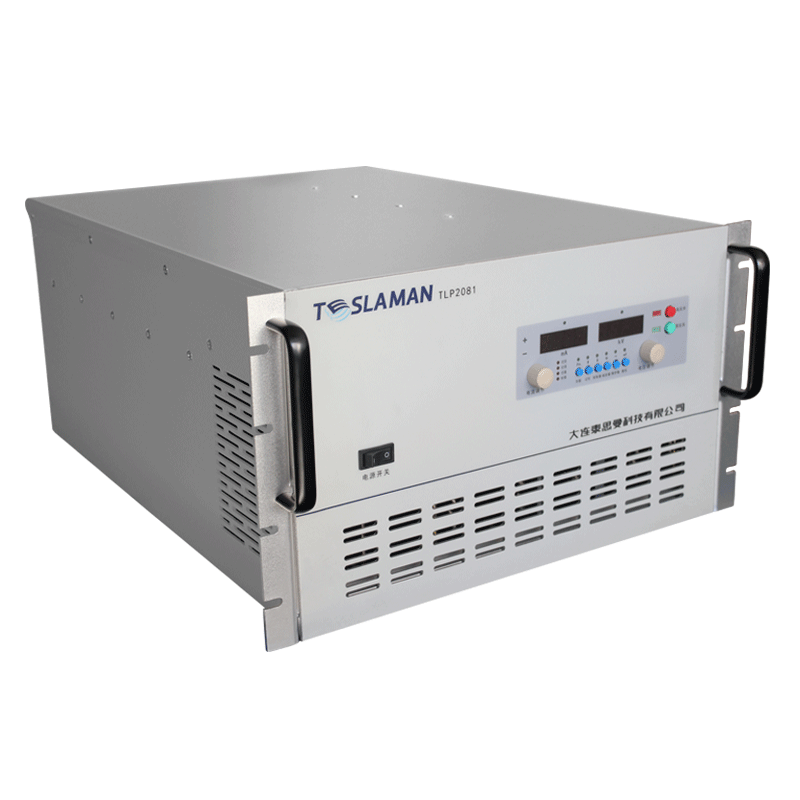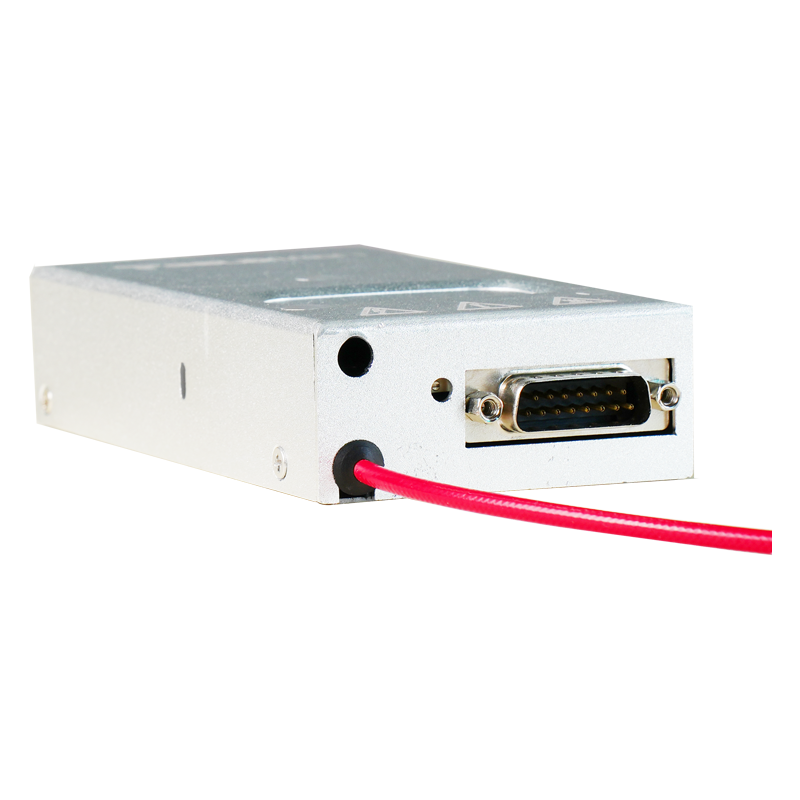Closed-Loop Control of Pulse Energy in Excimer Laser High-Voltage Power Supplies
I. Technical Challenges and Core Requirements
Excimer lasers (e.g., ArF, KrF), as deep-UV light sources for lithography and micro-processing, require strict high repetition rates (kHz-level), narrow linewidths (E95 bandwidth < 0.1 pm), and single-pulse energy stability (fluctuation < 1%). Traditional open-loop control struggles with dynamic changes in gas discharge cavities:
1. Gas Degradation Effect: High-repetition discharges cause halogen gas concentration decay, leading to nonlinear energy decline.
2. Power Supply Sensitivity: The primary high-voltage pulse (Vc0) generated by solid-state switches must be precisely controlled—excessive amplitude damages IGBTs, while insufficient amplitude causes incomplete cavity breakdown.
3. Timing Synchronization: Pulse fronts must be compressed to 50–100 ns to improve discharge uniformity, but electromagnetic interference (EMI)-induced jitter propagates to laser linewidth.
II. System Architecture and Working Principles
The closed-loop control system achieves energy stability through real-time feedback adjustment, comprising:
1. Energy Detection Unit:
Pyroelectric detectors convert optical signals to electrical pulses, tracked by positive/negative peak-hold circuits and quantized by ADC modules.
2. Control Algorithm Layer:
A PI algorithm dynamically adjusts high-voltage parameters:
V_{ref}(k) = K_p \cdot e(k) + K_i \sum e(k)
where e(k) is the deviation between set and actual energy, and V_{ref} adjusts the high-voltage DC supply or resonant charging module.
3. Solid-State Switch Drive Layer:
• Pulse Isolation Circuit: Isolates upstream TTL triggers to eliminate crosstalk.
• Frequency-Limiting & Pulse-Width Setting: Locks maximum frequency (e.g., 6 kHz) and sets pulse width (ensuring IGBT reliability).
• Interlock Protection: Monitors anomalies via voltage/temperature/current sensors, triggering hardware interlocks to cut output.
III. Key Technologies and Innovations
1. Pulse Front Modulation
All-Solid-State Magnetic Pulse Compression (MPC) replaces thyratrons:
• Stage 1: IGBT generates μs-level high-voltage pulses (10–20 kV).
• Stage 2: Magnetic switch saturation compresses pulse width to <100 ns, reducing front time to 50–80 ns, improving discharge uniformity and gas lifetime.
2. Resonant Voltage Multiplication and Timing Synchronization
• Resonant Charging Network: LC circuits precisely control charging current, minimizing voltage overshoot.
• Pre-Ionization Trigger: Corona discharge initiates 5–50 ns before main discharge, generating uniform electron clouds to suppress arcs.
3. Charge-Discharge Timing Control
The charge-discharge cycle is calculated as:
T_{all} = T_c + T_{disc} = (T_s + T_b) + (T_d + T_j)
where T_s is constant-current charging time and T_d is LC network discharge time. PWM modulation isolates charge/discharge and enables precise pulse count control.
IV. Application Value and Future Trends
Closed-loop control enables precision manufacturing:
• Lithography: Energy fluctuation < 0.8% ensures overlay accuracy for 7 nm processes.
• Medical Applications: 99% energy stability in corneal surgery avoids micron-level ablation errors.
Future directions include:
1. Intelligent Dynamic Tuning: FPGA real-time optimization of pulse fronts adapts to gas aging.
2. Wide-Bandgap Semiconductors: SiC devices reduce switching losses, supporting >10 kHz repetition rates.
3. Multi-Parameter Fusion Control: Gas pressure/temperature feedback enhances robustness through multivariate models.




















